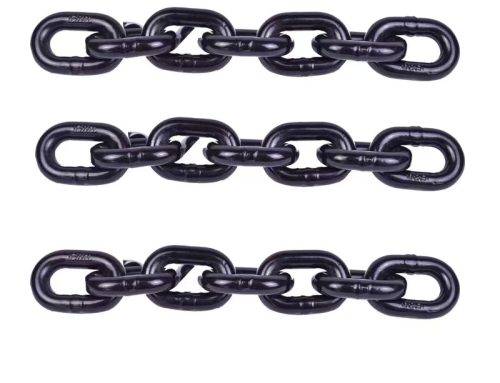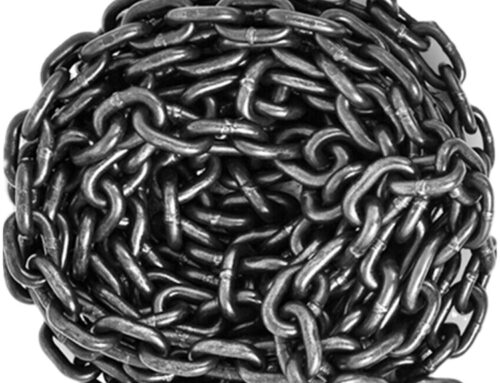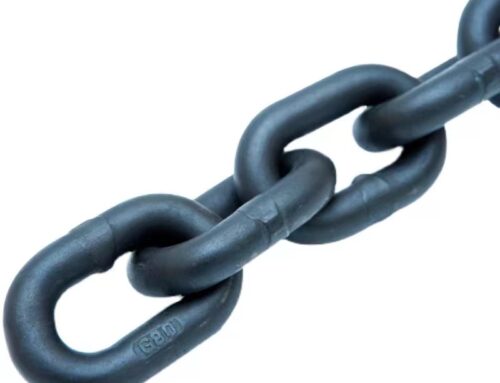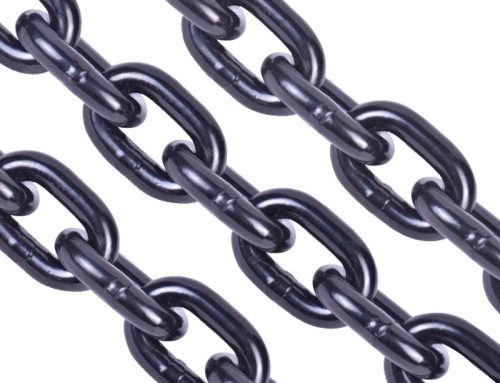The hook is a kind of hardware product that is widely used, but the standard hook also needs to have certain basic technical requirements. What are the hook technical requirements? What are the details of each technical requirement of the hook? Take a look at the relevant knowledge compiled for you by the following small series!
Basic technical requirements for hooks include:
1. The hooks purchased shall be used only with the manufacturer’s certificate and other technical documents; Important departments purchase hooks such as railway, port, etc. The hooks shall be strictly inspected (flaw detection) before delivery.
2. The hook shall be free of defects that may affect the safe use performance; The hook defects shall not be repaired by welding; The surface of the hook shall be smooth and free of cracks, folds, acute angles, burrs, peeling, burning and other defects.
3. Two suitable positions can be selected at the shortest distance of the hook opening to print signs that are not easy to wear, and the distance of the signs can be measured as the basis for detecting whether the opening degree changes during use.
4. The hook can be made of 20 high-quality carbon steel or forged with special materials such as DG20Mn and DG34CrMo. Casting hooks are strictly prohibited. The plate hook is generally made of A3 and C3 ordinary carbon steel or 16Mn low alloy steel.
5. The longitudinal axis of the hook plate must be located in the rolling direction of the steel plate, and the hook plate is not allowed to be spliced.
6. The hook piece of the plate hook shall be riveted with countersunk rivets, and the high stress bending part where the plate hook contacts the lifting point of the lifting object shall not be connected with rivets.
7. Fully enclosed welding is not allowed between plate hook laminations, only intermittent welding is allowed.
8. If the service life of the hook has expired or the hook has been used excessively, it shall be treated as scrap to ensure its safe use.
If the hook is worn, what can be done except scrapping it.
We should scrap the worn hook, otherwise, if we continue to use it and have a big problem, the consequences will not be affordable. However, there are some methods of taking advantage of it.
It has been explicitly stipulated in a treaty that “when the height of the vertical section of the hook is worn more than 10%, it shall be scrapped and repair welding is not allowed.”
This provision is undoubtedly very correct before the unified welding repair procedure is issued.
However, in some small and medium-sized enterprises, because the company does not have the ability to manufacture hooks and has no spare hooks, when the hook wear exceeds 10%, in order not to affect the normal production of the enterprise, repair welding is often used to restore the safe lifting coefficient of the hook.
Although this is in violation of relevant regulations, there has not been any accident caused by repair welding through years of on-site use by some units.
Of course, this measure does not rule out the possibility of accidents. It is necessary for us to conduct scientific analysis and research on the repair welding method to further verify the feasibility of this method.
Through a series of tests, it is proved that the repair welding hook has no great impact on the future use, but the premise is that the requirements for repair welding materials and processes are relatively high, and ordinary users should not adopt this method.





